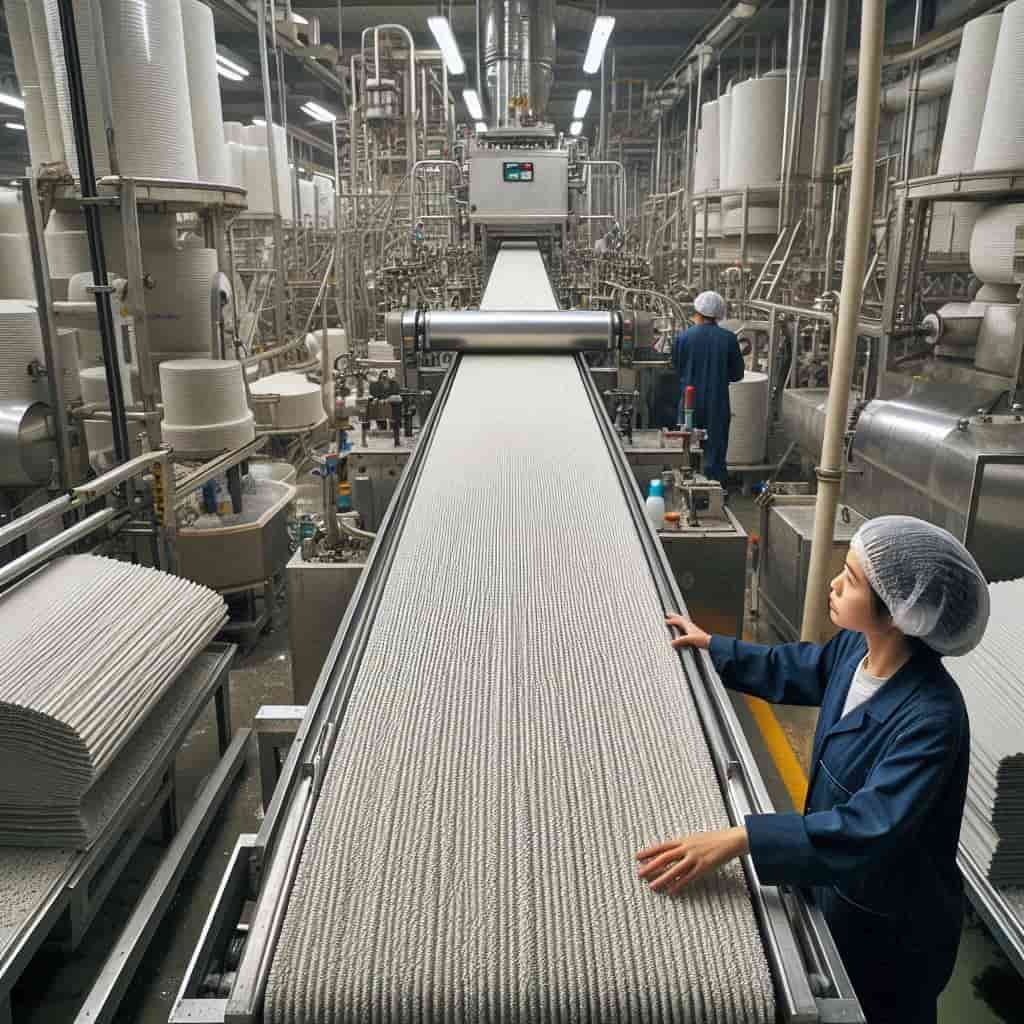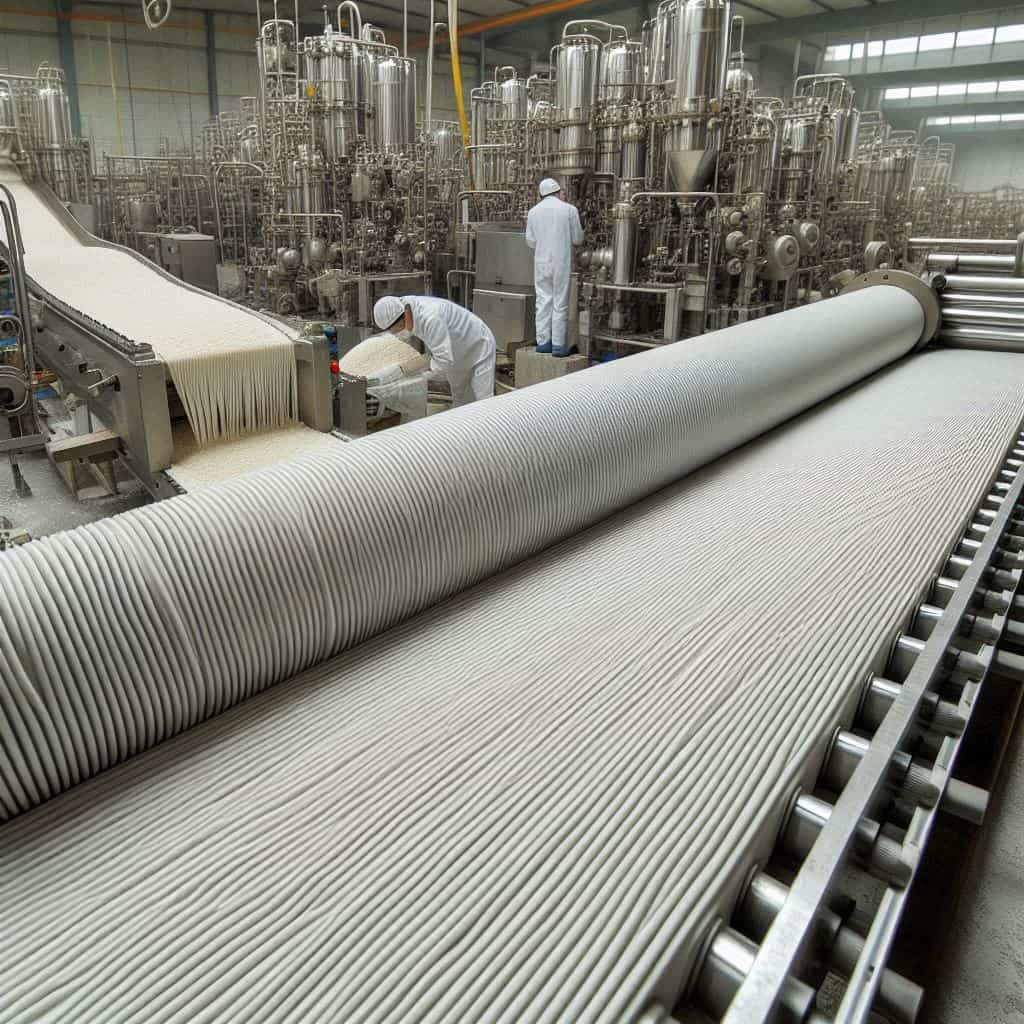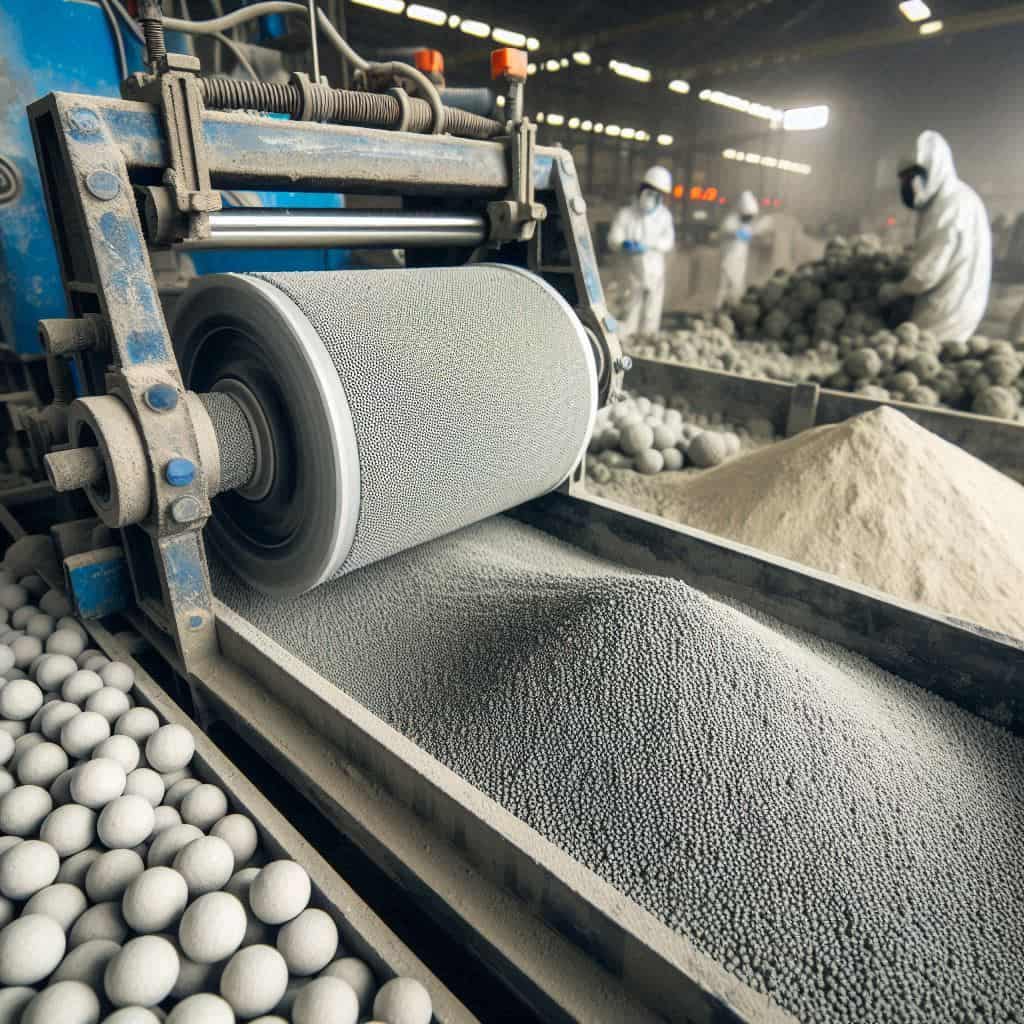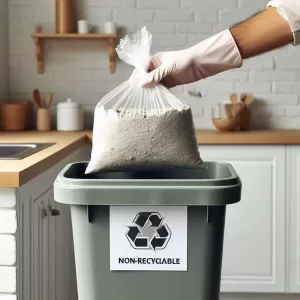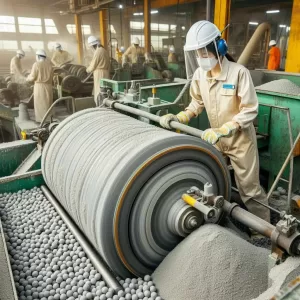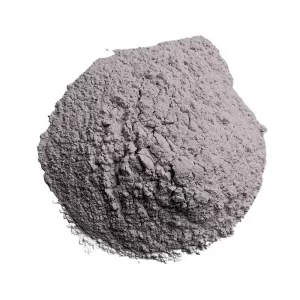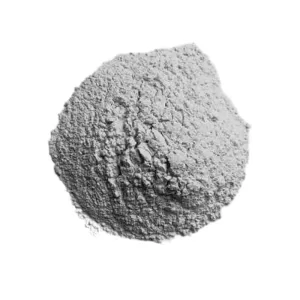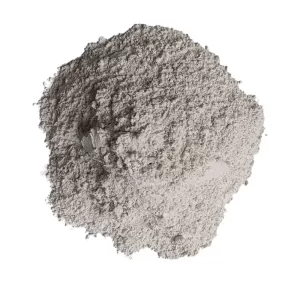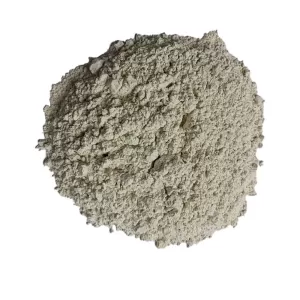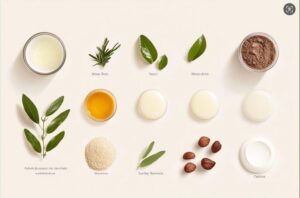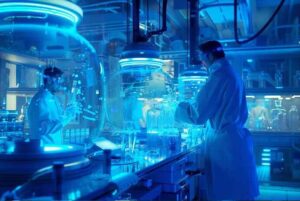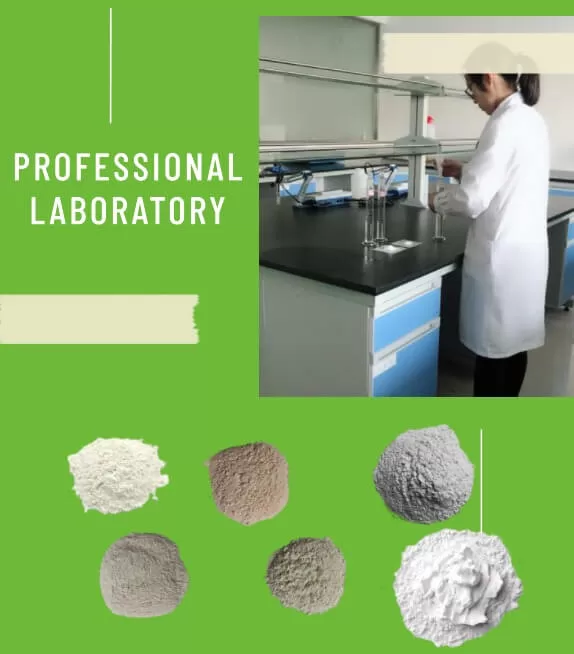What is bentonite cat litter?
As living standards improve, keeping pets has become a hobby for many people. Consequently, the annual consumption of Bentonite for Cat Litter is quite large. This article provides an analysis of bentonite granular cat litter and bentonite ball litter to help you determine which is better and which has better development prospects.
First of all, both types of cat litter are made from bentonite, but their production processes are very different. Bentonite ball litter is made by grinding bentonite and then using a ball-making machine, most commonly a rolling disc ball maker. Bentonite granular cat litter, on the other hand, is produced by crushing bentonite into particles and then screening them to select different particle size ranges.
Secondly, there are differences in the raw materials used. Bentonite ball litter is mostly made from calcium-based bentonite mixed with a certain percentage of soda ash. Although this mixture has a fast water absorption rate, its strength is insufficient. During repackaging and transportation, it easily produces dust, which is the main reason for the ash content in ball litter. Bentonite granular cat litter generally uses calcium bentonite, to which a proportion of soda ash is added. This mixture is extruded into blocks or strips using water (about 40%). Different manufacturers use various extrusion equipment. The extruded material is left for about a week to allow a full contact reaction between the soda ash and calcium bentonite, resulting in sodium bentonite blocks or strips. After drying, crushing, and screening, the strength of the granular cat litter is significantly higher than that of ball litter, and the ash can be removed through the screening process. Therefore, the granular litter has a lower ash content.
Through the above comparison of the two types of cat litter production processes and the different materials used, it can be seen that ball litter absorbs water quickly but has poor water absorption capacity and generates more dust. In contrast, granular litter obtained through extrusion is close to the level of sodium bentonite. Although its water absorption speed is not as fast as ball litter, the same weight of granular cat litter absorbs much more water. Additionally, the extrusion and screening process results in very low ash content, giving the granular litter a more high-end appearance.
So how do consumers choose bentonite cat litter? How should consumers use cat litter correctly? Here’s a detailed explanation.
Tecnología de lijado has developed Bentonite for Cat Litter made from natural bentonite mineral material refined through advanced equipment. No chemical binders are added during the entire processing, ensuring quality and reliability. This new generation of cat litter promotes health and environmental protection.
Product Performance: Our cat litter is highly absorbent, fast agglomerating, has high coagulation strength, and is easy to scoop. It efficiently deodorizes, adsorbs odors, and inhibits the growth of bacteria.
Product Advantages: Our cat litter is dust-free, reducing the risk of respiratory infections in cats.
How to Dispose of Bentonite for Cat Litter After Use
Many people often dispose of used Bentonite for Cat Litter by flushing it down the toilet for convenience. However, this can easily clog the toilet, causing significant trouble. Bentonite for Cat Litter has a strong ability to absorb water and expands many times its size after doing so, making it easy to block toilet pipes. The correct way to dispose of used cat litter is to place it in a plastic bag and then put it in the non-recyclable trash can.
As people’s living standards continue to improve, the use of Bentonite for Cat Litter will increase year by year. Proper understanding and disposal of Bentonite for Cat Litter will bring a lot of convenience. We welcome you to purchase our bentonite cat litter.

